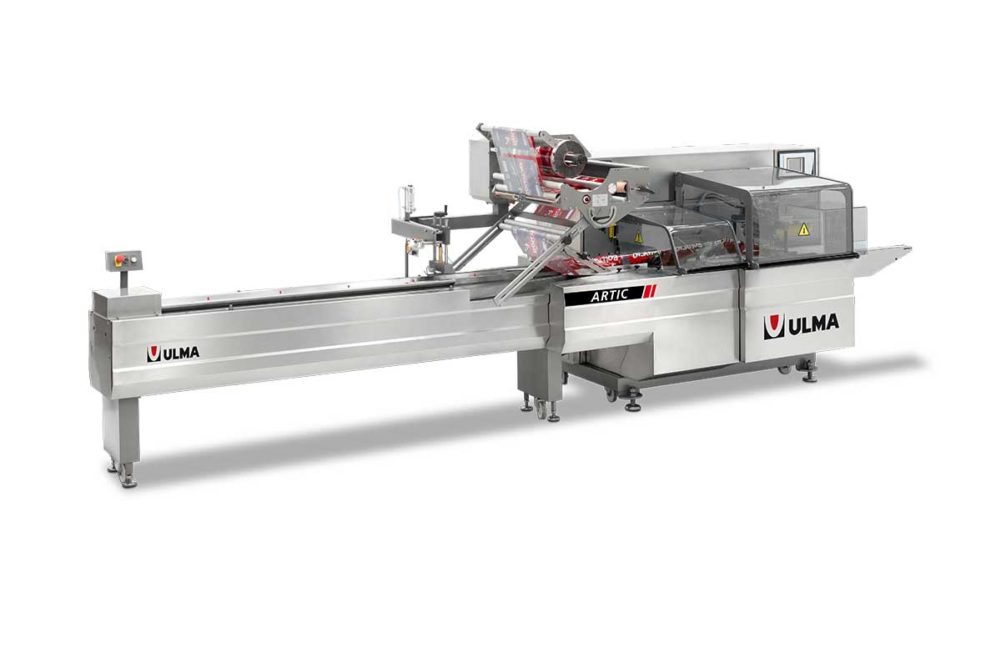Foodservice bakeries are enjoying booming demand as consumers return to restaurants in droves as coronavirus (COVID-19) pandemic restrictions lift. This is great for bakers, but it won’t matter if they can’t properly package and distribute their goods to businesses.
These bakeries offer a variety of products with distinctive textures, shapes and formulations that affect how they must be packaged. At the same time, industry challenges like widespread labor shortages have made packaging these products and distributing them to customers more difficult. Thankfully, packaging today can now be mostly — or even fully — automated, and the future of the industry will require bakeries to successfully automate their systems while adapting to their products’ individual needs.
Saving on labor
Bakers can relieve many of the labor struggles they face by automating their packaging while still ensuring their product is consistent and high quality.
“One thing people outside the industry don’t like to hear is that robots and automation don’t call in sick,” said John Williams, international sales manager, CV-Tek, Middleby Packaging Solutions. “With the types of systems we manufacture, you almost don’t even need people operating the machines anymore. And with automation, you have almost 100% consistency. Every time you go to McDonald’s or Subway, that bread is going to taste exactly the same.”
Many high-volume bakeries have automated their packaging systems, but smaller bakeries can now benefit from automation as well.
“The larger commercial bakeries, they’re almost 80% automated, but today even the medium and smaller sized bakeries are struggling with labor,” Mr. Williams explained. “You look at the difference in savings in preparing your plant to have shielding, COVID-19 protections, benefits and insurance … at the end of the day automating pays for itself.”
Despite this, many smaller bakeries are stuck in the past when it comes to their equipment. In Baking & Snack’s “Automating Out of the Labor Challenge” study conducted by Cypress Research, 58% of small to midsize bakeries said they don’t have automated vision systems for their packaging, compared to just 25% of large bakeries. What’s more, 40% of these smaller bakeries reported no plans to purchase them, compared to just 14% for larger bakeries.
One of the best ways these more manual operations can start automating the packaging process is in their laning and quality inspection systems, said Josh Becker, product manager of bakery and confection, Harpak-Ulma.
“Most of the labor that you’re going to find is the laning of products prior to a slicer to keep the product evenly balanced,” Mr. Becker said. “Most of your labor also is there doing quality inspection, so some of the best ways to maximize labor savings is vision systems for your quality inspections, and then automated laning systems to feed product properly into the lanes that your slicers are in so you can release the right groups to your packaging machine.”
In addition, vision systems are more efficient than humans. By using vision systems, bakeries can increase product consistency and reduce waste, explained Erica Vannini, sales and customer service, KPM Analytics.
“Vision technology is used to consistently and reliably perform calculations that are virtually impossible with manual methods,” Ms. Vannini said. “Vision inspection systems provide measurements for size, shape, volume, color, item counts, patterns and many other visual parameters. The systems remove the subjectivity associated with human inspectors, and virtually any visible or thermal attribute can be objectively measured and quantified using a single system. The data collected by the systems can be used to improve the process and act almost in real time to solve issues happening on the line.”
While automating foodservice packaging helps bakers save time and maximize efficiency, it also poses some difficulties they must consider.
“The challenge in all of this in terms of automating, especially on the primary packaging side, is just consistency of the process and the consistency of the packaging, because making fundamental changes in packaging make automation difficult,” said Ken Newsome, chief executive officer of Markel Food Group, during Baking & Snack’s “Automating Out of the Labor Challenge” webinar.
And while a more automated system requires less labor, it often requires a more skilled workforce.
“Consider what equipment offerings and training options different packaging equipment suppliers offer that could help ensure operators have the right skillset to operate and maintain equipment,” Mr. Becker said.
These higher skilled jobs are often more fulfilling for workers and can reduce the risk of injury.
“In these days of scarce resource availability, [automating] allows bakeries to reassign qualified and experienced workers to higher ‘value added’ tasks, and this can also reduce some work-related recurrent injuries from repetitive motions on manual entry level machines,” said Alan Lemieux, product group leader, AMF Bakery Systems.






